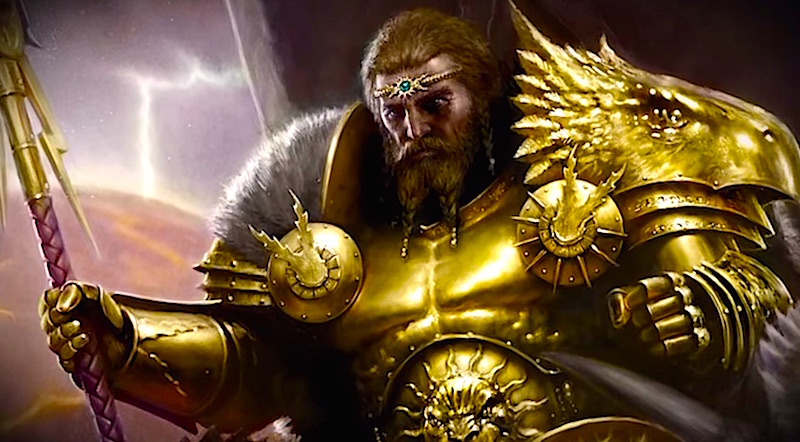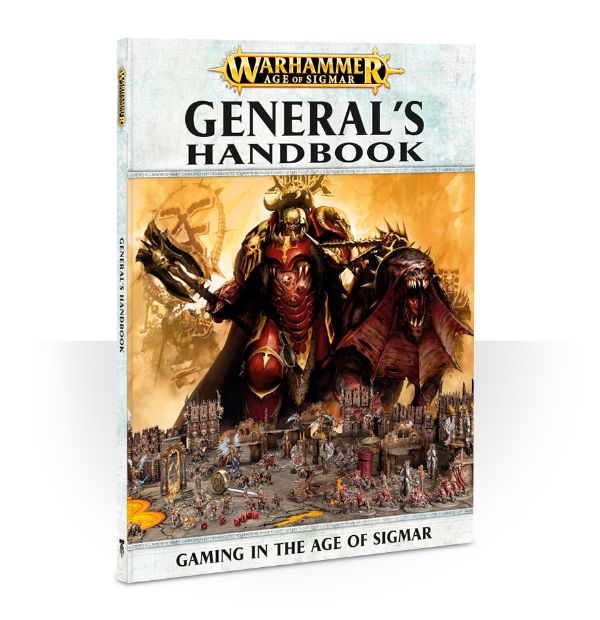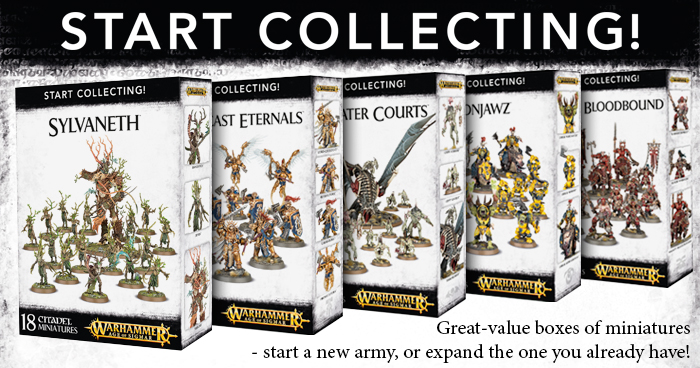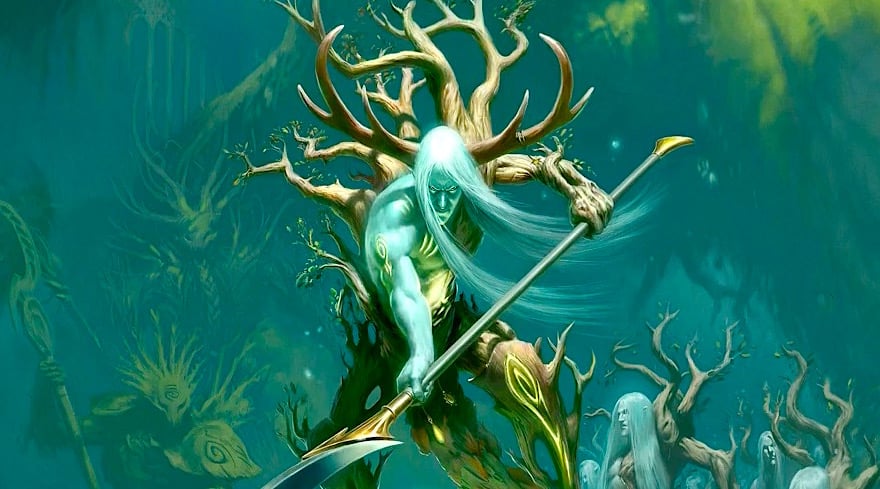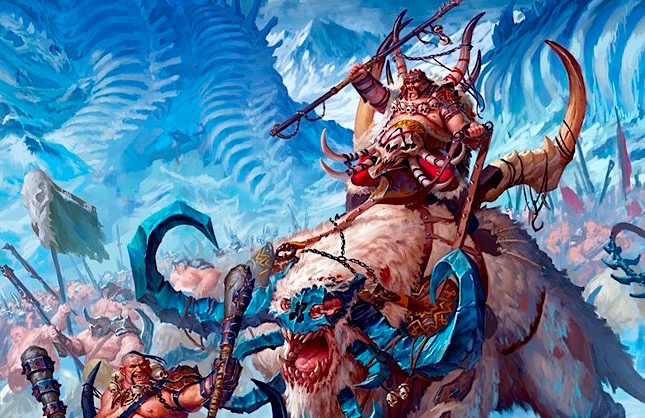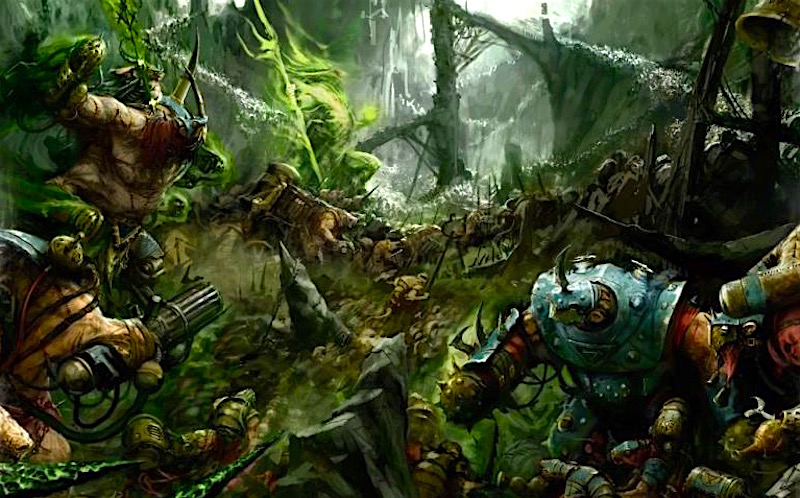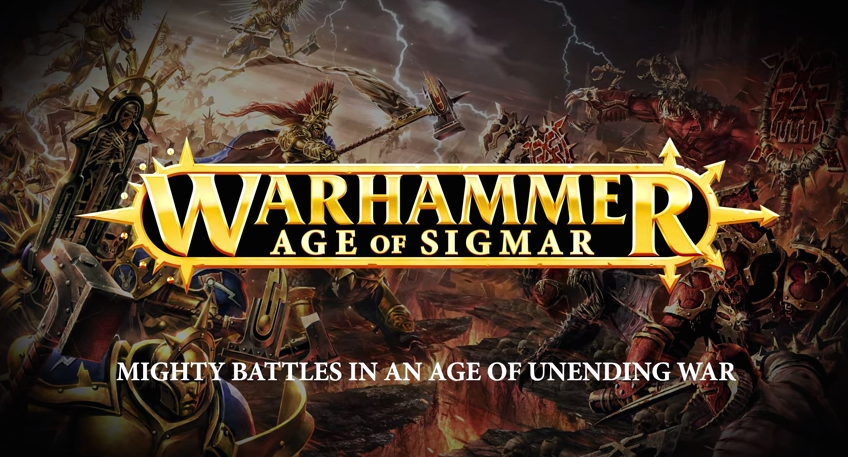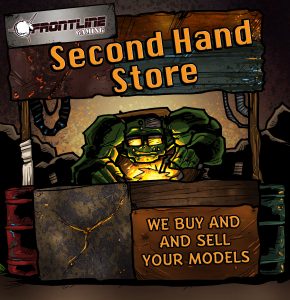Starting Age of Sigmar: Basic List Building
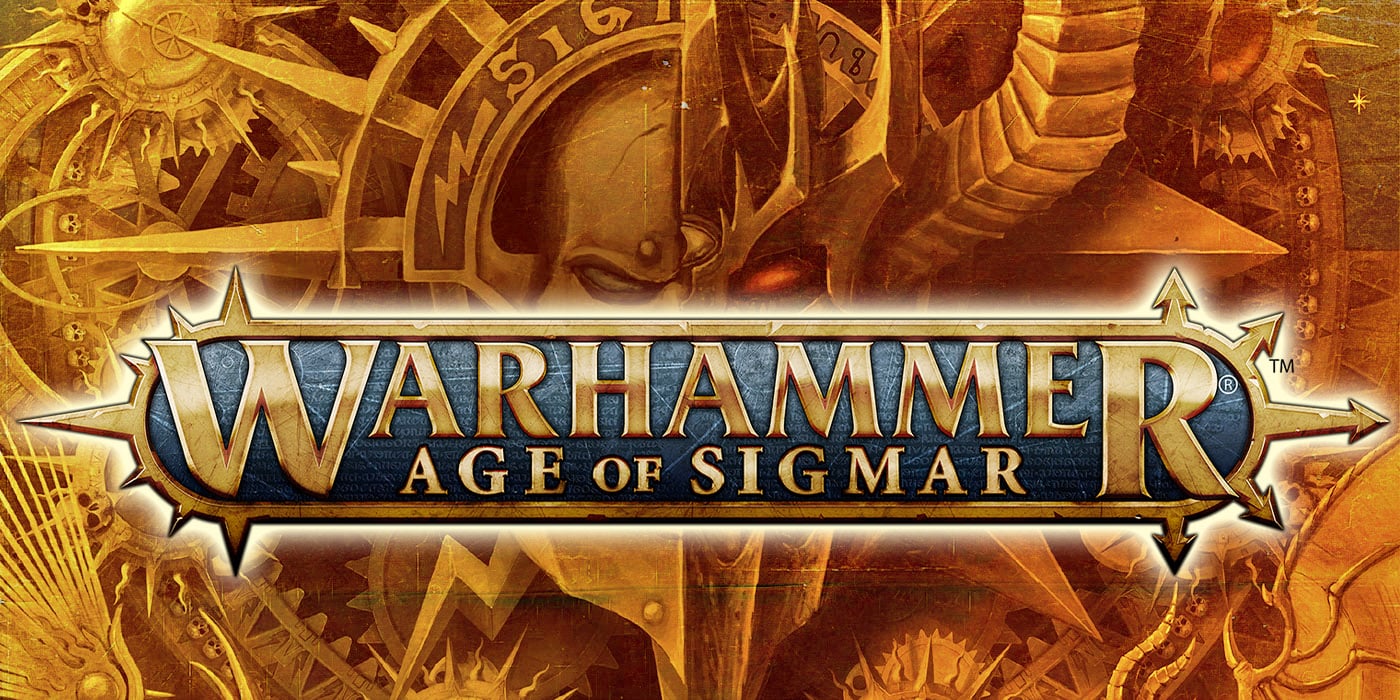

Requizen is here to get you ready for putting together your first Age of Sigmar army.
There are a lot of reasons why people are looking to try AoS nowadays – maybe you want to try out a new game, maybe you’re seeing a group start playing at your FLGS, maybe you’ve seen some of the articles or battle reports here and there. Whatever the reason, here are some tips to help you get started in the Mortal Realms. Check the Tactics Corner for more great articles!
Starting Out
Starting is as easy as it is in other games, maybe easier than some. Pick an army you like, get models from it. You did it! Good job!
More seriously, you should think about what kind of games you’ll be playing and who you’ll be playing with. It can really be that simple, though. If you enjoy Open or Narrative play (i.e. no points, bring what you want for a fun time and/or story), literally just buying what looks good and what seems fun to put on the table is all you need to do.
However, if you want to play Matched Play (which is what we’re mainly going to cover and what many people are playing), there are a couple things to look out for. First, get the mobile Age of Sigmar app. It’s free and has all the latest rules for every model, plus the game rules and FAQs. You can find them online, but the app is way more convenient. Then, go ahead and pick up The General’s Handbook. It’s super cheap and has everything you’ll need to play pickup games with others. Or, if you’re not sure yet, check out the points from an app like Battlescribe and/or borrow the book from a friend.
To start, you’ll need a Leader and a couple Battleline (basic troops) units. Two Battleline are necessary for 1000 point games, three for 2000, four for 2500. Most tournaments seem to be shooting for a 2000 point limit, but 1000 point games are very popular and a good place to start playing. The Ninth Realm recently did a podcast on list building which did a good rundown of building an army, but for starters just pick an army you like the look of, read through their rules (it’s all free!), and select a Leader and two Battlelines you’d like to see on the table. Then just figure out how many more points you need to get to 1000 and continue filling it out with units you like, or ones that have cool synergies.
I’ve played wargames before, thanks. I know how to start an army
Alright, no need to get snippy. I realize that was pretty basic, but not everyone is coming in from 40k or other game systems.
If you want the most economical way to build a force, see if your army has a Start Collecting! box or one of the super value Battalion boxes. You can also order from Frontline and get a nice 20% discount! Most units that come in those boxes are also useful on the tabletop, which is good.
I think the best way to build a list is to figure out what you want your army to do. Do you want to load up on big monsters and overwhelm the opponent with them? Do you want to blob out hordes of dudes and drown your enemy in bodies? Do you want to run an elite, hyper mobile force that plays for map control and is hard to lock down? Do you want to try and take them apart with mass ranged weaponry? In my experience, the best armies in the game are the ones that have a tight idea of what they want to do and use every piece of their list to execute on that. A bunch of reasonably good units slapped together might seem good on paper, but good players with a focused list will take them apart with ease.
The tournament meta is still shaking out, but as far as I’ve seen there are no “bad” armies in the game – everything can be made to work to some degree, with a few exceptions. I would say to come up with your game plan, get a core to make it a reality, and then start building around that core, making sure that your army can support it (for instance, if you want to run lots of magic, maybe don’t pick Gutbusters who only have one Wizard). Or go the other way, pick an army whose aesthetic you like, and then figure out what they can do. Don’t be afraid to mix within your Grand Alliance, unless you really want your Allegiance bonuses.
So What’s Actually Good?
That’s a bit of a loaded question. Part of list building is knowing the meta and figuring out what is powerful on the tabletop so you can bring it yourself, but also knowing how to counter it and beat those meta lists. Currently, I would say the strongest “things” in the game are as follows, in no particular order:
Alternative deployment methods and/or high mobility
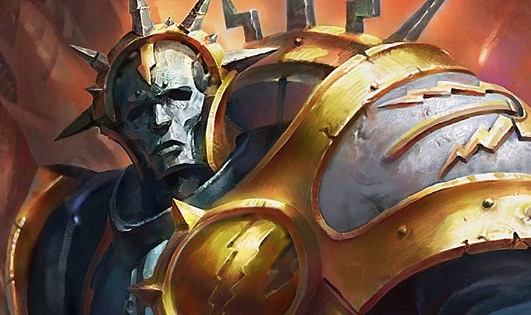
Since there is very little in the game that works at extreme ranges (really only artillery and other certain shooting units), and since Matched Play is also an objective-based game, getting around the table is super important. There are a lot of strong, killy, durable units that will have trouble on the table because they’re simply too slow (though there is merit to having the enemy come to you). High mobility armies, or ones that can “deploy” in irregular manners, will gain advantage on board control compared to ones that are just plain infantry on foot. While board control is not the only thing that matters, it is a huge aspect of the game and one that some armies can play better than others.
Things that can allow you to “deep strike” or “outflank” can be invaluable. As they are relatively rare, and there is very little opponents can do to stop them from happening, they can effectively allow you to set up with a massive advantage. Some examples of this are the Stormcast Eternals battalions that allow them to deep strike, the Skaven Skryre battalion that allows them to do the same. Seraphon also have Chameleon Skinks that can pop on and off the field. Flesh Eater Courts can start units of Ghouls off the board and walk them on from table edges with the Ghoul Patrol. Many of these have restrictions to where they can land (generally have to remain a distance away from the opponent), but even with that, it’s a massive jump from deploying on the battle line.
On-table mobility is also a big deal. You have things like general Destruction getting an extra d6″ in the Hero phase, and Sylvaneth being able to teleport many of their units through Wyldwoods. Chaos who use Forgeworld models can get access to Sayl the Faithless, who can give a unit extra movement and flying. While these units start on the table, they can jump across the board at surprising speeds, which can be a massive boon for slower but more powerful units that want to get into combat as quickly as possible.
Armies built to take advantage of these sorts of tricks will often rely on their alpha strike providing enough surprise and sudden violence that it can topple many armies before they can react. Especially if they get a double turn, suddenly showing up inches away and then getting to go twice can sometimes be enough for a turn 2 victory. Combating this requires proper positioning and a lot of patience. Using buffer units to keep the alpha strike away from your important models is key, as is having redundant units spread out so getting one unit caught out is not the end of the game.
Multiple point-efficient monsters
I’ve expressed my annoyance with Beastclaw Raiders previously, though I think they aren’t unbalanced as to break the game. However, armies that can take advantage of big monsters that are hard to kill and themselves very killy have been making good results at top tables. Beastclaw Raiders (and general Destruction lists) have been the prevalent ones, but Sylvaneth have made themselves seen with a few lists as well. Treelords and Durthus are brutal!
These lists will often revolve around the obvious – getting the best monsters you can into a list and putting them on the table, then wrecking whatever they reach! These lists are nice because they’re not only good, but also very striking on the table and often quick and easy turns. At 2000 points you can only bring 4 monsters at most, so supplementing them with the right units is key. Blobs of small units is a good option, as it means you have enough bodies to make up that weakness of monster lists. Alternatively, some lists go for filling out the remaining points with lots of ranged units, supporting the big hammers from afar.
Defeating monster spam armies will require you to spread out and reduce the impact they have. Each one is deadly and some (like the Frostlord on Stonehorn) can delete any unit they get the charge on with very little issue. Feeding them weak units to chew through slowly or spreading out so they can’t get successive charges can go a long way to cutting down on the threat. Additionally, locking them down with a big, battleshock immune blob can take them out of the fight, or also allow you to pepper them with ranged units from afar.
Synergistic Heroes and Units
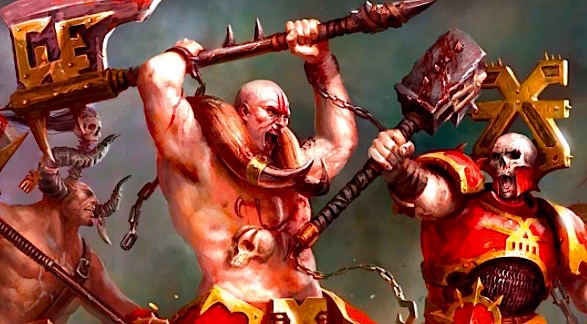
These are more finesse armies than anything, and haven’t yet taken top tables by storm. However, combo and buff armies are commonplace in tournaments and more serious pickup games, in my experience, so they’re worth talking about.
The quintessential army for this archetype is Khorne Bloodbound, though others do it as well, such as Free Peoples armies using blob units and buffing Heroes. Essentially, you’re looking at armies that don’t have any particular power unit (or at least won’t dump as much into them as they could), but will often have a handful of buffing Heroes to make moderately good units suddenly become amazing. You’ll often see lots of heroes with the Totem keyword, or other things that have a powerful buffing effect. Hit and Wound bonuses add up quickly, and especially things like extra attacks will explode effectiveness.
These armies are often fine losing entire units, or spending a turn waiting for the right moment. They’re all about getting a full storm of abilities to go off at once, and then completely obliterating things with units half their point costs. Watching a cheap unit of Bloodreavers suddenly get buffed up with a Bloodstoker, Bloodsecrator, and Deathbringer and go totally berserk, shredding through a unit of Paladins, can be really impressive! And likewise, a buffed Freeguild Handgunner unit hitting and wounding on 2+ will make many units shake in terror at cheap infantry.
Obviously these types of armies rely on their lynchpin models. Heroes need to be kept safe to make their armies work, and they can suffer against alpha strike armies or ones with strong shooting if they get caught out of position. Playing this type of force can be very rewarding, but can require a lot of setup and planning to pull off.
Mortal Wound spamming
This may be the most controversial type of power build out there. Mortal Wounds are an interesting mechanic. They prevent super tanky units with 2+ saves and other buffs from becoming too frustrating to fight. They allow you to chew through those 3+ save, massive wound count monsters at a good rate. However, they’re also good against everything else in the game, because damage that you get no save against (outside of special rules) is just plain strong.
It is not outside of reason to make a list that has the gimmick of putting out as many mortal wounds as other armies are able to put out regular wounds. These sorts of lists can obliterate elite type armies that rely on tough, low model count units and can remove Heroes that aren’t properly protected within seconds. This can be very frustrating depending on how many they can put out and whether you have an army that can survive taking wounds for essentially free.
However, these armies aren’t the end-all-be-all. Against armies that can save against MWs – for instance, Nurgle Daemons, Death if the Heroes are alive, and Fyreslayers – their gimmick reduces in effectiveness. If they’re playing against armies with a lot of cheap models, well, no one really cares about removing 10 Grots, that costs basically nothing. Alpha Strike armies can fight them by being off the table early on, or getting to them and dealing damage before they have the ability to start hurting. Additionally, creating a MSU (Multiple Small Units) style army will force them to split fire, so if you lose a 100 point unit to MW spam, it’s not a big deal since you have more units sitting around doing the same task. Redundancy is key.
Building an army like this can be challenging but very strong. Most MW capable units have things to keep them in check – generally something like very low mobility, a high price tag, or a weakness that can be exploited by your opponent. This is not true for all such units – Thundertusks in particular are able to put out a lot of ranged Mortal Wounds and are quite reasonably priced for their ruleset – but is generally a factor for said units. If you want to make such a list, you’ll have to work around those weaknesses. Skryre Stormfiends, for example can put out lots of MWs at a short range, but are slow (and expensive). You can combat this by including Sayl to give them movement, or using the Clan Skryre battalion to deep strike them into range. If you want to have a high damage output army, you can’t go wrong with a list like this. Start by picking your MW dealer and figuring out what you need to support them – to hit buffs for abilities that proc on 6+, or mobility buffs for slow units.
Putting it all together
So, how to get started in AoS? It’s not that complicated! Or rather, it can be complicated, just in a different way than it is in other games. Since you have all the rules for free (other than The General’s Handbook), you can take your time and figure out what rules you like. But for the most part, you can take what looks good (as long as you aren’t being silly). Pick a gimmick, or pick a model/unit you like and build around it. As long as you start with a reasonable foundation and then build intelligently around it, you should do well against many opponents.
Just keep in mind that different armies have different strengths, so decide if you want to build based on army aesthetics or a gameplay abilities. You probably already know what kind of gamer you are, but it’s important to remember that there’s no wrong way to enjoy a game. Whether you’re building an army because it’s cool looking, or because you want to create a tournament stomping meta-smasher, as long as you’re having fun you’re doing it right!
~Tell us about your Age of Sigmar army list.
And as always, Frontline Gaming sells Games Workshop product at up to 25% off of retail, every day! Frontline Gaming will buy your used models for cash or store credit!

